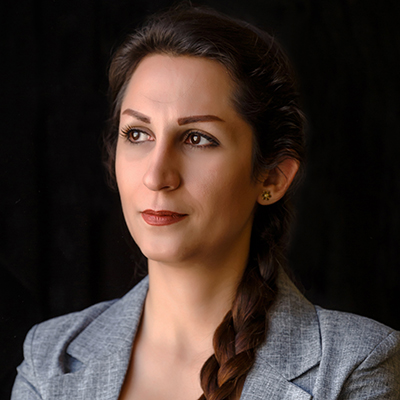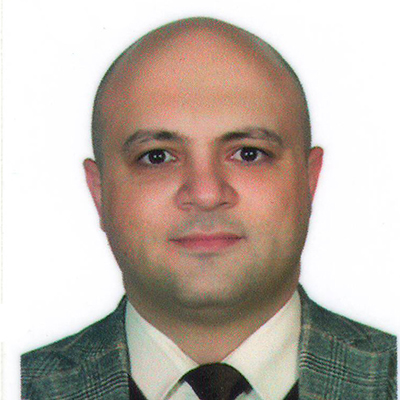Urban designer Elham Souri and lighting designer Kaveh Ahmadian each introduced systems for lighting designs in large cities from their respective viewpoints, using Tehran, the capital of Iran, as an example.

Souri said cityscapes are not only just physically developed buildings and infrastructure but are a medium to disseminate non-physical things that are symbolic of each city. For example, symbolic significance can be found in pictures of cities, such as “history” and “Catholic” in pictures of Saint Peter’s Square in the Vatican City, “technologies” in pictures of high-rise-buildings in Dubai, and “political center” in pictures of Washington, D.C. In this sense, cityscapes are a free “gallery” exhibiting people and buildings, or a “theater” in which people in a city are both performers and the audience. Depending on their attractiveness, they can be resources for attracting investment and tourists, resulting in a better urban economy and enhanced ranking in the world. With this in mind, Souri emphasized the importance of nighttime lighting in cities, and in particular, street-level experiences, while quoting legendary urban designer Jane Jacobs: “Streets leave an impression on city visitors. People think dull streets mean a dull town, and interesting streets mean an interesting city.”
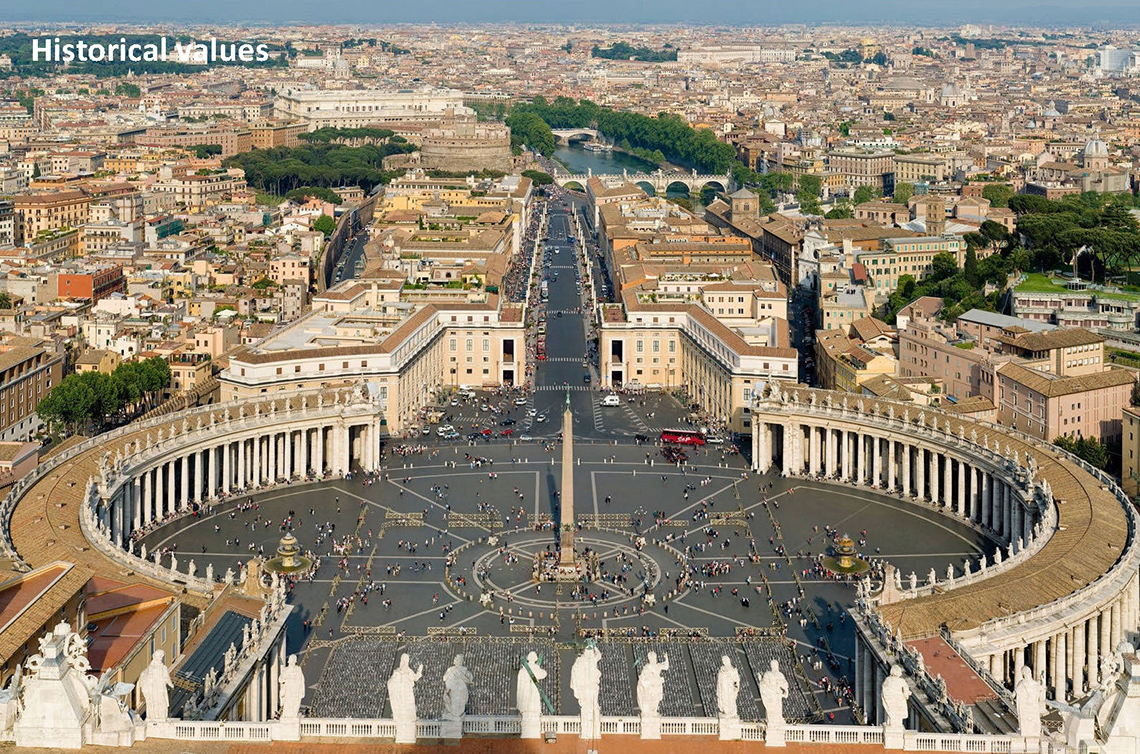
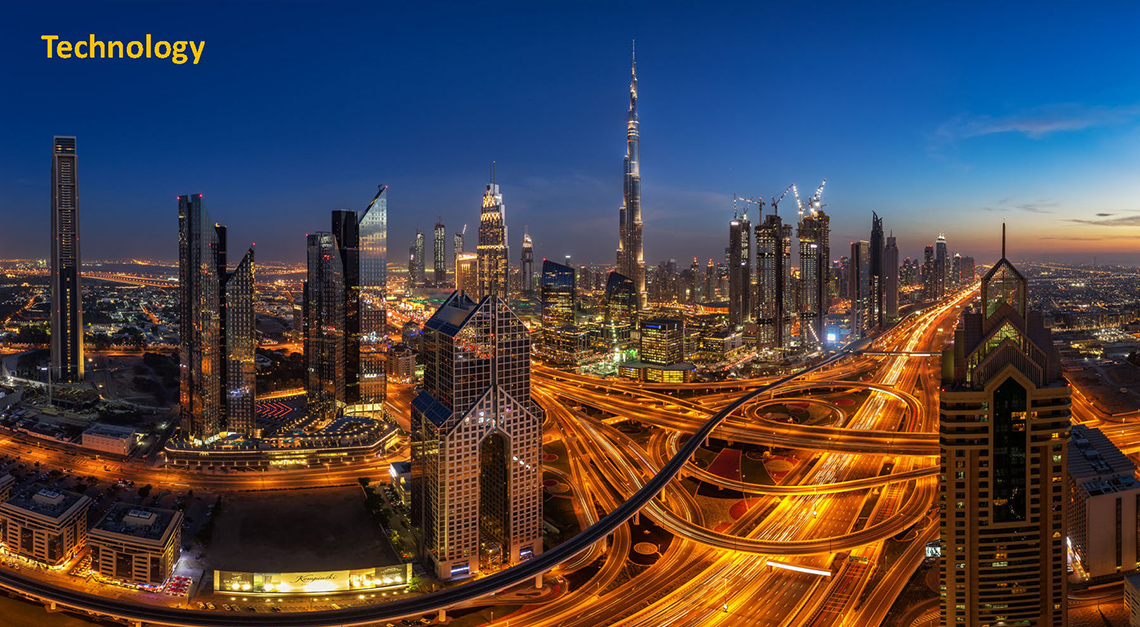
Ahmadian said that in order to create more attractive urban night views by lighting designs, a lighting plan for large scale cities (like Tehran with a population of nearly 14 million) requires examination from three levels: macro, intermediate, and micro levels. At the macro level, the entire city is overviewed, and borders of urban zones are defined, such as a historical district, business district, and residential district. At the intermediate level, lighting is examined and planned for each zone. For example, if a business district has a dangerous atmosphere at night due to a very small night population, a lighting design for creating bustle and safety is sought. In the process, light pollution—the effects of nighttime lighting on vegetation and animals (birds perched on roadside trees)—needs be taken into account. The micro level is planning for an individual building.
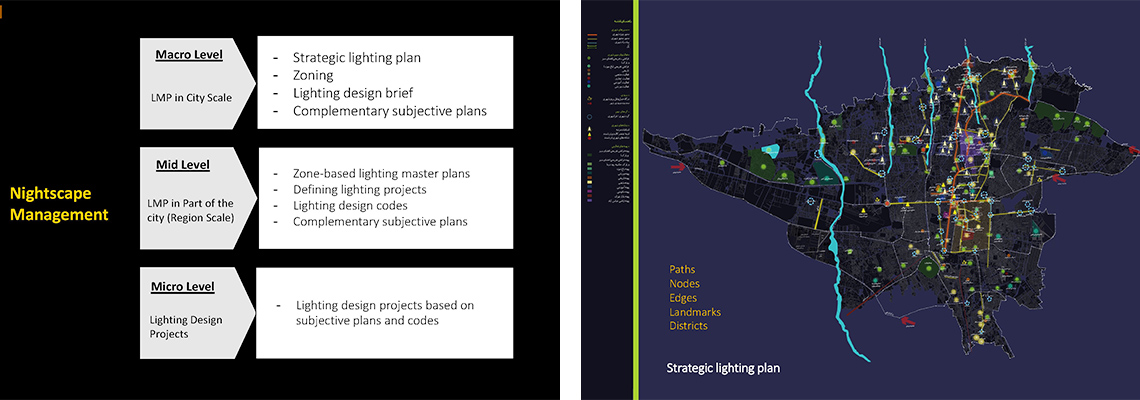
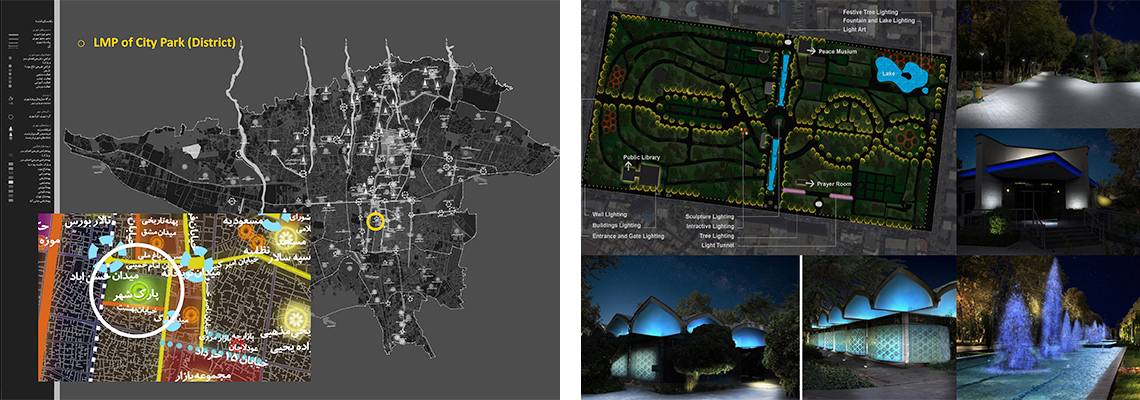
Thus, for lighting plans for large-scale cities, Ahmadian thinks it’s important to divide up a city and work on a lighting approach for each zone and each specialized field, instead of planning only at the macro level.
【Date & Time】13:00‒14:00, March 7, 2019
【Venue】Room 101, 1F, Conference Tower, Tokyo Big Sight
【Speaker】Elham Souri, Researcher and Senior Urban Lighting Designer, Department of Urban Planning, Shahid Beheshti University, Tehran, Iran
Kaveh Ahmadian, Managing Director, Noorsaform Lighting Engineering Co
【Organizers】IALD Japan, JLMA, Nikkei Inc.
Profile
Elham Souri
Elham Souri is an urban lighting designer and hold a PhD in urban design. She is a member of Tehran municipality Lighting Committee which is the responsible of assessing lighting design projects. In addition Elham has been involved in several lighting master plans such as Tehran LMP.
Kaveh Ahmadian
Kaveh Ahmadian is currently a PhD researcher in the Light&Lighting laboratoary of KULEUVEN university in Belgium. He is the founder and CEO of Noorsaform lighting Engineering company in Iran which is a lighting solution providers. Kaveh is also founder of Iran Lighting Design Conference (ILDC)







